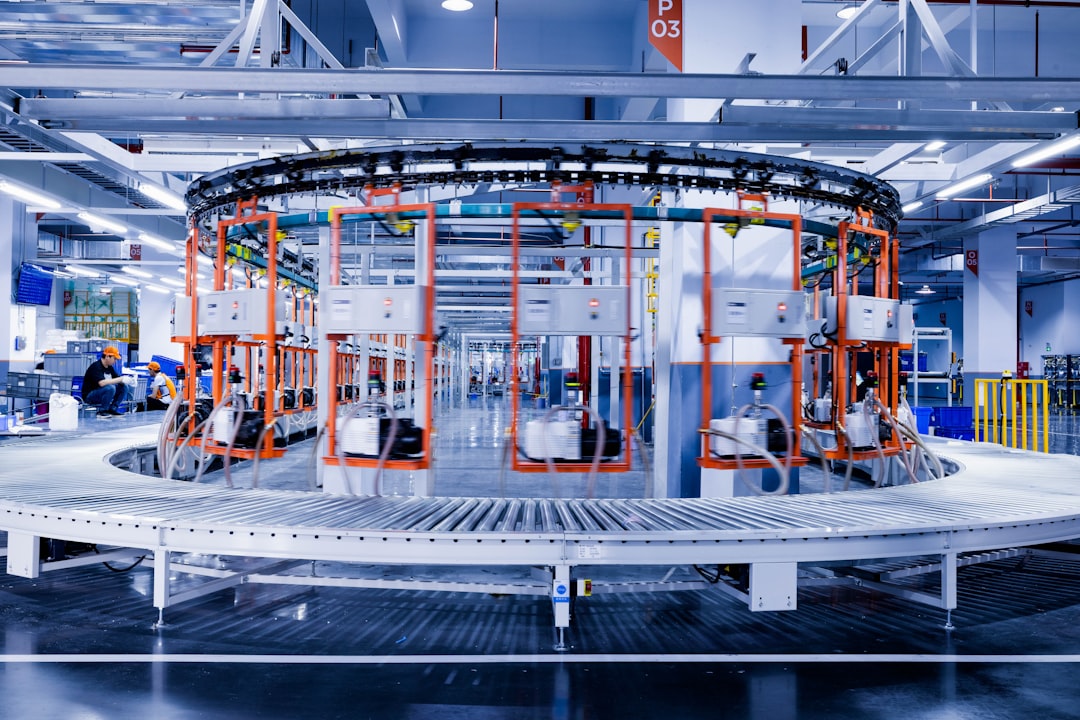The integrity of pipelines is paramount across various industries, from oil and gas to water distribution and chemical processing. A single point of failure can have devastating consequences, highlighting the critical importance of robust pipe product quality control systems. This comprehensive guide delves into the key aspects of ensuring consistently high-quality pipes throughout the manufacturing process.
1. Raw Material Inspection: The Foundation of Quality
The journey to a high-quality pipe begins with the selection and inspection of raw materials. This stage involves rigorous checks on the chemical composition, mechanical properties, and surface condition of the base materials, typically steel or plastic. Spectrometric analysis is crucial for determining the precise chemical composition, ensuring it adheres to the specified standards for strength, corrosion resistance, and weldability. Furthermore, tensile testing and impact testing assess the material’s strength and toughness, respectively. Visual inspection identifies surface defects like cracks, pits, or laminations, which can compromise the pipe’s integrity. Detailed documentation of these inspections is essential for traceability and accountability throughout the manufacturing process. The use of certified suppliers and material traceability systems further strengthens this crucial first step.
2. In-Process Monitoring: Maintaining Quality Throughout Manufacturing
Maintaining quality isn’t a one-time event; it’s a continuous process. In-process monitoring involves regular checks throughout the manufacturing stages. For steel pipes, this includes monitoring the parameters during the rolling, welding (if applicable), and forming processes. Temperature control is critical during welding to ensure proper fusion and prevent defects. Ultrasonic testing might be employed to detect internal flaws during the pipe forming stage. For plastic pipes, extrusion parameters like temperature, pressure, and die dimensions are closely monitored to ensure consistent wall thickness and dimensions. Regular calibration of measuring instruments and adherence to strict process parameters are crucial for consistent results. Data logging and statistical process control (SPC) techniques help identify trends and potential problems early on, allowing for timely corrective actions.
3. Dimensional Checks: Ensuring Precision and Conformity
Precise dimensions are crucial for ensuring the proper fit and function of pipes. Dimensional checks involve measuring various parameters such as outer diameter, inner diameter, wall thickness, straightness, and ovality. These measurements are performed using sophisticated instruments like laser scanners, calipers, and micrometers, ensuring accuracy and repeatability. Deviation from specified dimensions can affect the pipe’s structural integrity, pressure resistance, and compatibility with connecting fittings. Statistical analysis of dimensional data helps identify any systematic errors or inconsistencies in the manufacturing process. Automated dimensional inspection systems are increasingly being employed to improve efficiency and reduce human error, providing real-time feedback and enabling immediate corrective actions.
4. Testing Procedures: Verifying Performance and Durability
A range of destructive and non-destructive testing procedures are employed to validate the pipe’s performance and durability. Hydrostatic testing involves pressurizing the pipe with water to assess its ability to withstand internal pressure. This test helps identify weaknesses or leaks. Non-destructive testing methods, such as ultrasonic testing (UT), radiographic testing (RT), and magnetic particle testing (MT), are used to detect internal flaws and surface defects without damaging the pipe. Burst testing determines the pipe’s maximum pressure capacity before failure. The choice of testing methods depends on the pipe material, diameter, intended application, and relevant industry standards. Thorough documentation of test results, including any deviations from specifications, is crucial for ensuring compliance and traceability.
5. Advanced Quality Management Systems: A Holistic Approach
Implementing a comprehensive quality management system (QMS), such as ISO 9001, is crucial for ensuring consistent quality throughout the entire lifecycle of pipe production. This involves establishing clear quality objectives, defining responsibilities, implementing documented procedures, and conducting regular internal audits. A robust QMS encompasses all aspects of pipe production, from raw material procurement to final product delivery. It emphasizes continuous improvement through data analysis, feedback mechanisms, and corrective actions. The use of advanced software solutions for quality data management and analysis helps streamline processes, improve efficiency, and enhance decision-making. Regular training of personnel on quality control procedures and best practices is essential for maintaining a high level of quality awareness and competence.
Effective pipe product quality control systems are not merely a cost; they are an investment in safety, reliability, and long-term operational efficiency. By implementing rigorous procedures and utilizing advanced technologies, manufacturers can ensure the delivery of high-quality pipes that meet the demanding requirements of diverse industries.
SEO-Friendly Tags:
- Pipe Quality Control
- Pipeline Inspection
- Pipe Manufacturing Quality
- Non-Destructive Testing Pipes
- Quality Management in Pipe Industry




